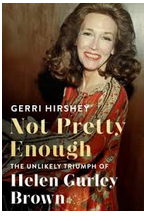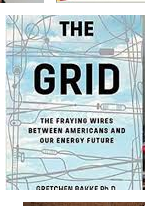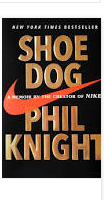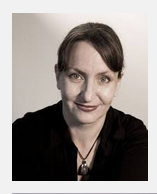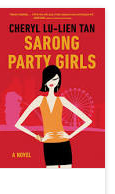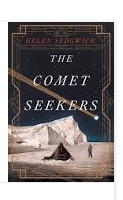All relationships with friends, family, lovers, carry the risk of betrayal, but must all relationships require betrayals? Is a man responsible for another person, someone he’s loved? Had sex with? Even though the other person is an independent actor, one who’s made his own choices? Garth Greenwell wrestles with these questions in his fascinating stream-of-consciousness novel, “What Belongs to You.”
The unnamed American narrator has come to Sofia, Bulgaria, to spend a year teaching at the American College, a place he describes as a prestigious stop on the way for those lucky Bulgarians able to get out of the country. The narrator picks up Mitko in the bathrooms of Sofia’s National Museum of Culture and pays for sex with him. That first encounter ends in a betrayal, if a minor one. Nevertheless, the relationship grows, though it can hardly be said to flourish; it takes root the way a tree grows through a crack in concrete.
The narrator provides brief and compelling descriptions of post-Communist Bulgaria, including Soviet-era apartment blocks that march through along the avenues, a gypsy’s horse cropping grass in his city neighborhood, a train made up of modern air-conditioned cars – all except the first-class one, which has old-fashioned compartments, with old-fashioned windows that open. His descriptions of attempts to get by in another culture are precise but not desultory. After his attempt to show he gets a joke fails, the narrator writes:
Wanting to regain my footing, and after pausing to arrange the necessary syllables in my head (which seldom, despite these efforts, emerge as they should . . . when I see surprise at my proficiency in a language that hardly anyone bothers to learn who hasn’t learned it already), I asked him what he was doing there. . . Mitko pulled out his wallet.
Mitko’s initial offer is drugs, but he segues easily to sex. As the relationship moves from transactional sex in a public bathroom to regular visits to the narrator’s apartment to a visit to Varna, the seaside city that is Mitko’s hometown it changes: Mitko needs more. The narrator gives him money, pays for food and drink, but it’s not enough, and Mitko leaves in anger. What he needs, though, is lost in the language barrier.
Another loss – the narrator’s father is dying – allows him to meditate on his family: his parents divorced, his father remarried and refused to accept his homosexuality. He decides against going home as neither will obtain comfort from it. Who has betrayed whom? The narrator’s parents had read his hidden diary, which described his realization of his sexuality; it also describes another betrayal of the narrator by a friend, K. As young boys, K. and the narrator shared eager if unfulfilled fumblings; as teenagers, K. ensured that the narrator was a witness to a sexual encounter with a girl.
Perhaps this history explains the narrator’s actions in the final section of the novel. Months after his disappearance Mitko returns, thin and ill, and confesses to the narrator that he has syphilis, and explains the narrator may have it as well. Mitko, it develops, has another condition as well – not HIV, not contagious, but it means he’s dying. In the end, both Mitko and the narrator behave in ways that are consistent with their earlier actions. This nuanced and contemplative novel will stay with the thoughtful reader.
Have a book you want me to know about? Email me at asbowie@gmail.com. Follow me on Twitter @abowie917.


